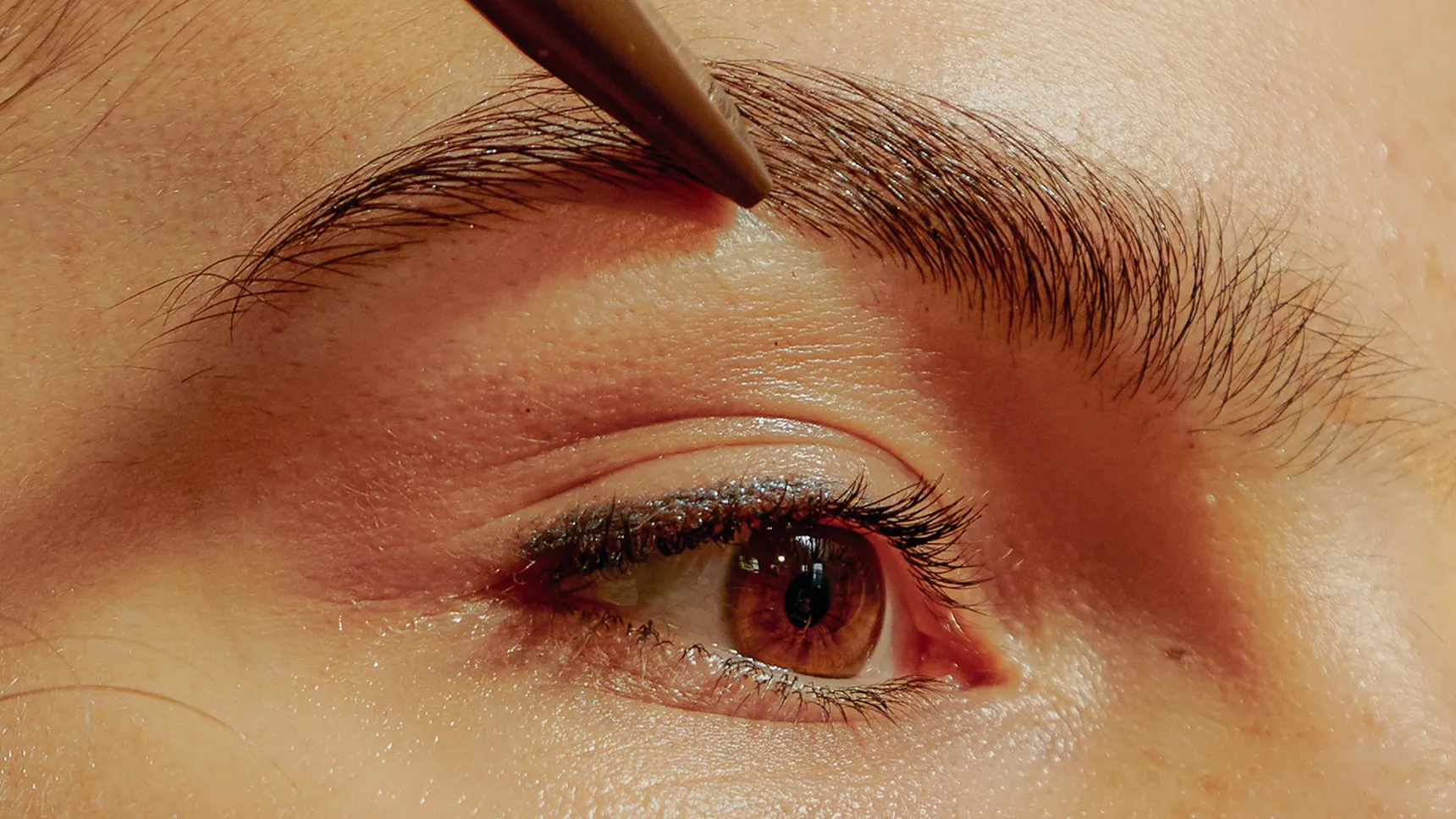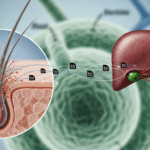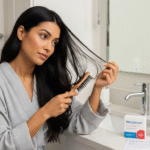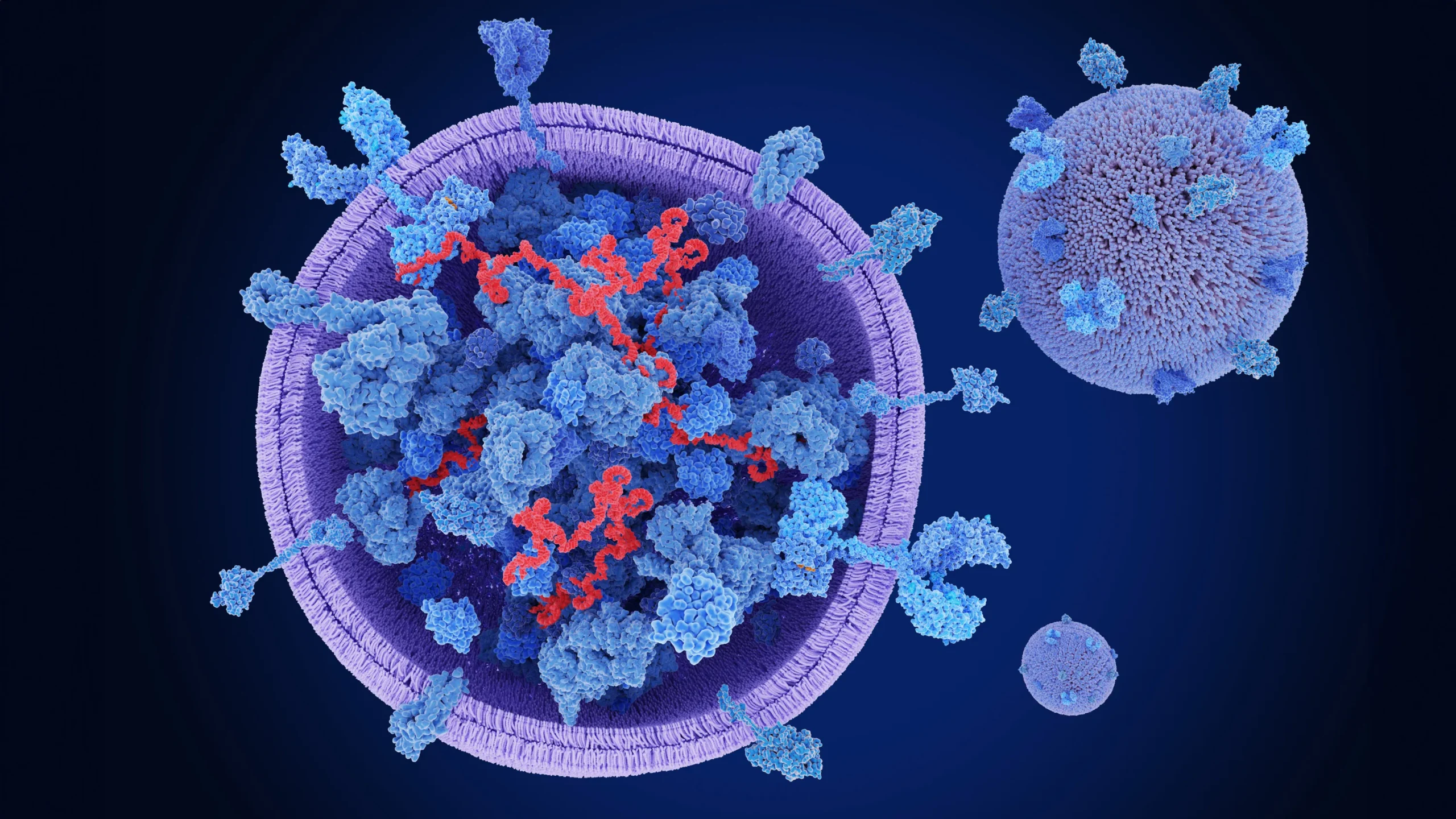Are your thinning eyebrows affecting your confidence? Hair loss microblading offers a semi-permanent solution to restore brow definition and fullness. This technique benefits people with alopecia, overplucking, or chemotherapy-induced hair loss. In this expert guide, you’ll discover how microblading works, who it’s for, its pros and cons, aftercare instructions, and real-life results. Make an informed …
Are your thinning eyebrows affecting your confidence? Hair loss microblading offers a semi-permanent solution to restore brow definition and fullness. This technique benefits people with alopecia, overplucking, or chemotherapy-induced hair loss.
In this expert guide, you’ll discover how microblading works, who it’s for, its pros and cons, aftercare instructions, and real-life results. Make an informed decision backed by professional insight and practical tips.
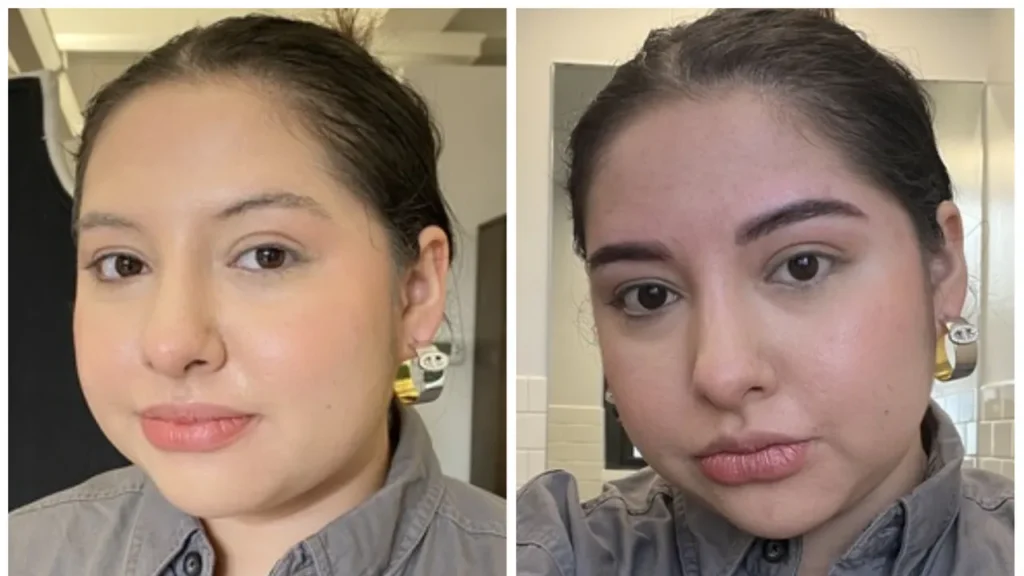
What Is Hair Loss Microblading?
Hair loss microblading is a form of cosmetic tattooing where pigment is deposited into the skin using fine, hand-drawn strokes. The result mimics the appearance of natural eyebrow hairs, making sparse or nonexistent brows look fuller and more defined.
How the Procedure Works
Microblading uses a manual tool with ultra-fine needles to etch pigment strokes into the epidermis. Unlike traditional tattoos, it doesn’t go as deep, which allows for a more natural and softer look that fades over time.
The technician first maps your face, numbs the brow area, then draws individual hair strokes matching your natural growth pattern. The process takes about 2 hours, including consultation and prep.
Conditions Addressed
Microblading is especially useful for individuals experiencing:
- Alopecia areata or totalis
- Chemotherapy-related brow loss
- Hormonal brow thinning (e.g., PCOS or menopause)
- Overplucked brows from past beauty trends
Who Is a Candidate for Hair Loss Microblading?
Microblading can benefit a wide range of individuals dealing with eyebrow thinning or loss.
Suitable Candidates
- Alopecia patients seeking natural-looking results without wigs or makeup
- Post-chemo patients regaining their brow identity
- Those with sparse brows due to age, hormones, or over-plucking
- Individuals seeking symmetry correction for uneven brows
When to Avoid Microblading
Some health conditions and medications can interfere with healing or pigment retention:
- Active psoriasis or eczema on the brow area
- Blood thinning medications
- Uncontrolled diabetes
- Pregnancy or nursing
Always consult a certified technician or dermatologist before proceeding.
Benefits and Limitations
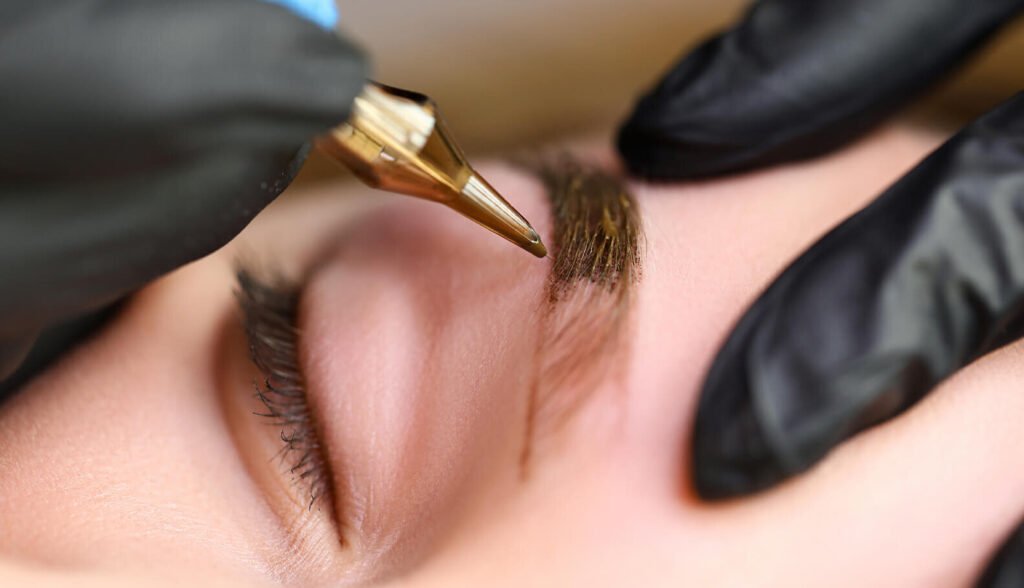
Benefits of Hair Loss Microblading
- Natural-looking results tailored to your facial structure
- Semi-permanent (typically lasts 12–24 months)
- Low-maintenance compared to daily makeup
- Confidence booster for those with medical or genetic hair loss
- Works with zero existing hair – pigment gives illusion of full brows
Limitations and Risks
- Fading varies depending on skin type and aftercare
- May require annual touch-ups
- Possible allergic reactions to pigment
- If done incorrectly, scarring or color migration
- Results are not easily reversible
Microblading vs. Alternatives
When considering hair loss microblading, it’s helpful to compare it with other options:
Powder Brows vs. Microblading
- Powder brows create a soft, makeup-like finish with a machine.
- Microblading mimics individual hairs.
- Ideal for oily skin types or those wanting a shaded look.
Scalp Micropigmentation (SMP)
- SMP is for the scalp—not eyebrows—but uses similar pigment techniques.
- Not interchangeable with brow procedures due to skin thickness and pigment depth.
Non-Invasive Alternatives
- Eyebrow feathering pens
- Tinted brow gels
- Serums like minoxidil (off-label use)
The Microblading Process & Aftercare
What to Expect During the Session
- Consultation: Face shape analysis and style discussion
- Mapping: Symmetry check and brow shape design
- Numbing: Topical anesthetic applied
- Microblading: Stroke application begins (~1 hour)
- Aftercare explanation: Instructions and ointments provided
Healing Timeline
- Day 1–3: Brows appear darker and swollen
- Day 4–7: Scabbing begins; avoid picking
- Day 8–14: Lightening phase as pigment settles
- Week 4–6: Final touch-up session
Aftercare Do’s and Don’ts
Do:
- Keep brows dry for 7–10 days
- Use aftercare balm as directed
- Sleep on your back
Don’t:
- Pick or scratch scabs
- Use retinols or acids near brows
- Expose brows to direct sun or saunas
Experiences and Expert Insights (EEAT Focus)
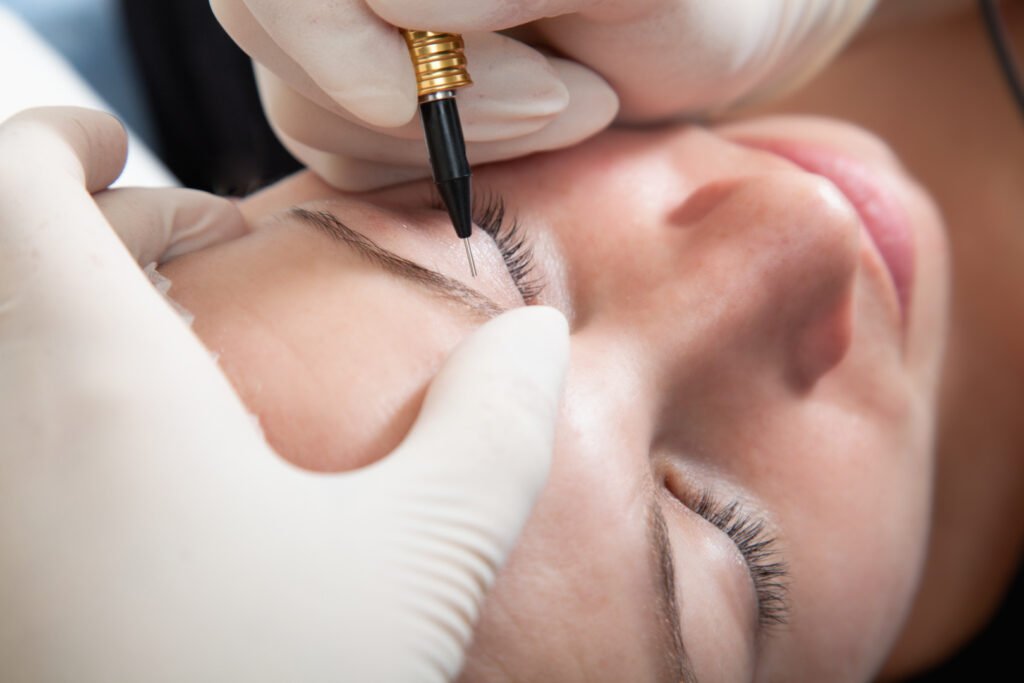
Potential Risks Shared Online
- Some users on Reddit and RealSelf reported pigment rejection or minor scarring.
- Rare instances of permanent hair loss occurred when blades went too deep, affecting the follicles.
Decision-Making and Next Steps
Choosing a Skilled Technician
Look for:
- Certification from a PMU board or academy
- 50+ verified client results
- Use of sterile tools and single-use needles
Pre-Treatment Checklist
- Disclose any medical conditions or medications
- Avoid alcohol, caffeine, and aspirin 24 hours prior
- Conduct a patch test if concerned about allergies
When to Consider Alternatives
You want a more temporary look (use brow pens or tints)
You have active eczema/psoriasis in the brow area
You’re taking blood thinners
FAQ
Is eyebrow hair loss after microblading permanent?
No. Microblading deposits pigment into skin, not hair follicles. It doesn’t cause permanent hair loss unless skin is deeply damaged.
How long does hair loss microblading last?
Typically 12–24 months, depending on skin type, sun exposure, and skincare.
Can microblading damage my follicles?
When done correctly, no. However, aggressive or unskilled blading can traumatize the skin and risk follicle health.
Is microblading safe during or after chemotherapy?
After treatment, yes—with your oncologist’s clearance. It’s not typically done during active chemotherapy due to immune system sensitivity.
Can brows grow back after microblading fades?
Yes. Hair regrowth is not affected by pigment placement unless trauma occurred.
Ready To Take Your Next Step
Want natural-looking brows that last? Book a consultation with our licensed microblading artist today and discover if hair loss microblading is right for you.Book your consultation with Dr. Uzma Irfan, an ISHRS-certified surgeon, today and Get expert guidance, a personalized brow design, and long-lasting confidence—all in one appointment.

